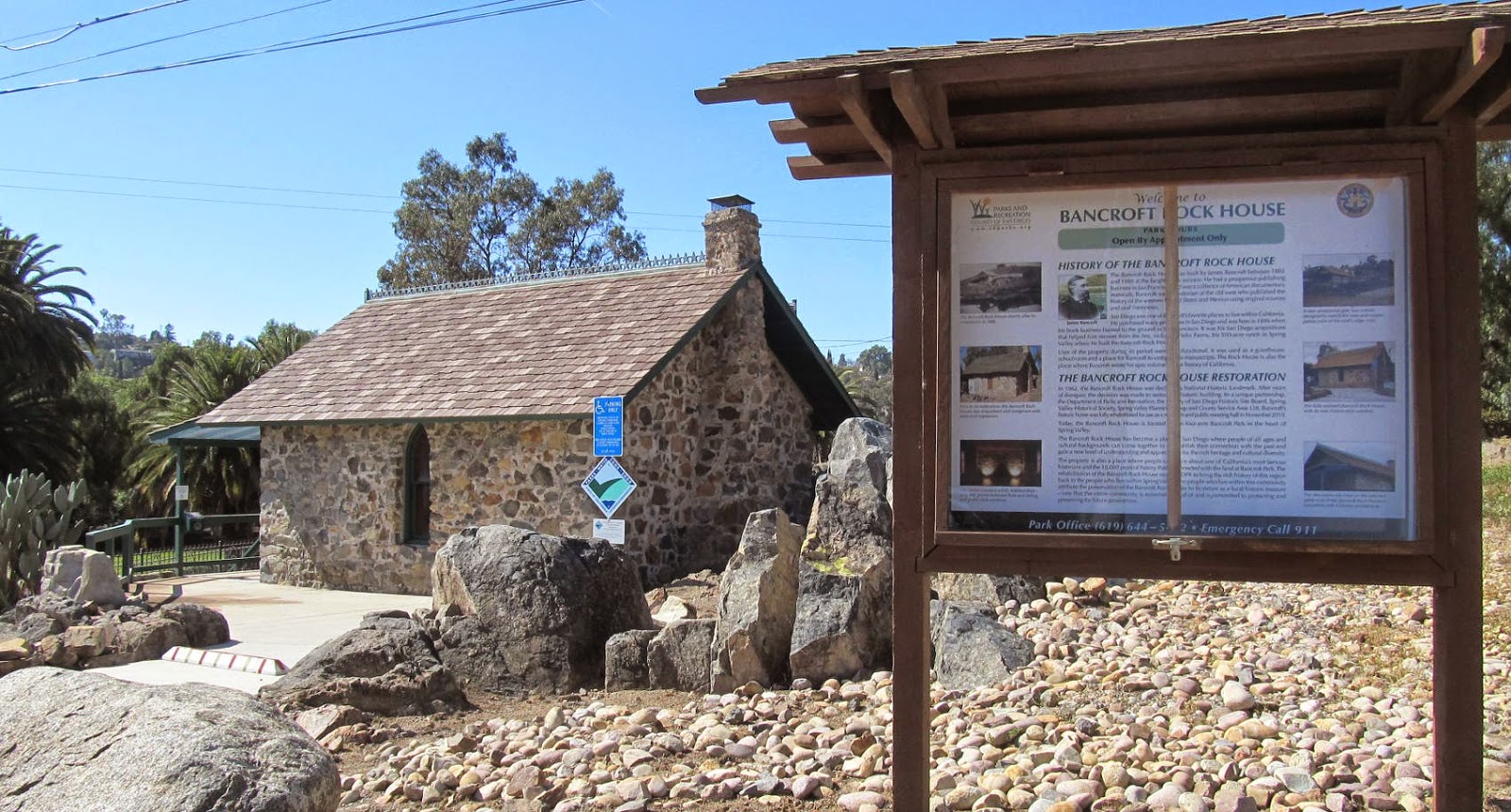San Diego Opera Announces
Opera Exposed 2016 Roster and Event
Audience Engagement Ensemble from the Company’s University Partnership Program to Present
Free Community Concerts
San Diego, CA - San Diego Opera is pleased to announce the 2015-2016
Opera Exposed artists and events. Opera Exposed is a touring opera ensemble comprised of students from San Diego Opera’s
University Partnership Program which currently includes vocal
arts students from SDSU and Point Loma Nazarene University. All of the
participants have auditioned into the program and represent San Diego
Opera in recitals throughout the communities and
neighborhoods of San Diego County, with a focus on underserved
neighborhoods. In return, the students receive master classes with
principal artists from San Diego Opera mainstage productions, meetings
with senior staff, internships to bolster their resumés,
in-and-out privileges for staging rehearsals and complimentary tickets
to performances. This partnership offers young singers ample
opportunities to hone their performance skills, while at the same time
giving them a better idea of the processes of producing
opera on a professional level.
“Last year, in the first season of
Opera Exposed, we performed in neighborhoods and venues where San
Diego Opera had not been before, like City Heights and Barrio Logan,”
shares Dr. Nicolas Reveles, San Diego Opera’s Director of Education and
Community Engagement. “This year will bring
our first foray into the Diamond Neighborhood, the Malcolm X Library,
as well as return visits to some of the venues where we performed last
year. It’s tremendously exciting to bring opera to communities that
haven’t yet experienced it, especially with these
wonderful, enthusiastic young singers!”
All
Opera Exposed recitals are free and are open to the public.
Performance selections will vary from recital to recital but will
include a selection of familiar opera arias, duets and ensembles from
composers such as Puccini, Gounod, Mozart, Rossini, Leoncavallo,
and Copland, among others.
The 2015-2016 Opera Exposed artists are:
San Diego State University
Alvin Almazan, tenor
Rachel Rothman, soprano
Lisa Parente, soprano
Ivan Ochoa, tenor
Amanda Olea, soprano
Nicholas Newton, baritone
Radames Gil, baritone
Point Loma Nazarene University
Kiana Bell, mezzo soprano
Carina Kazmierowicz, soprano
Jack French, baritone
Krista Wilford, soprano
Jonathan Lacayo, tenor
McKenna Slack, soprano
Kelsey Kammeraad, soprano
August 15, 3:00pm
Malcolm X Library
5148 Market Street
San Diego, CA 92114
August 30, 3:30pm
Carlsbad Music Festival
Magee Park, 258 Beech Street
Carlsbad, CA 92008
September 30, 6:00pm Weingart/City Heights Performance Annex
3795 Fairmount Avenue
San Diego, CA 92105
October 10, 7:00pm Hillcrest Wind Ensemble Concert
First Unitarian Universalist Church
4190 Front Street
San Diego, CA 92103
October 18, 2:00pm
Central Library Downtown
330 Park Boulevard
San Diego, CA 92101
October 25, 2:00pm
Hope United Methodist Church
16550 Bernardo Heights Parkway
Rancho Bernardo, CA 92128
November 22, 2:00pm
El Cajon Public Library
201 E. Douglas
El Cajon, CA 92020
January 20, 11:30am
LGBT Center
3909 Centre Street
San Diego, CA 92103
The 2015-2016 International Season
René Barbera in Recital
September 19, 2015
Patricia Racette “Diva on Detour”
November 14, 2015
Tosca Giacomo Puccini
February 13, 16, 19 and 21 (mat), 2016
Ferruccio Furlanetto in Concert
March 5, 2016
Madama Butterfly Giacomo Puccini April
16, 19, 22 and 24 (mat), 2016
Great Scott Jake Heggie
May 7, 10, 15 and 15 (mat), 2016











.jpg)
.jpg)
.jpg)
.jpg)
.jpg)
.jpg)
.jpg)












